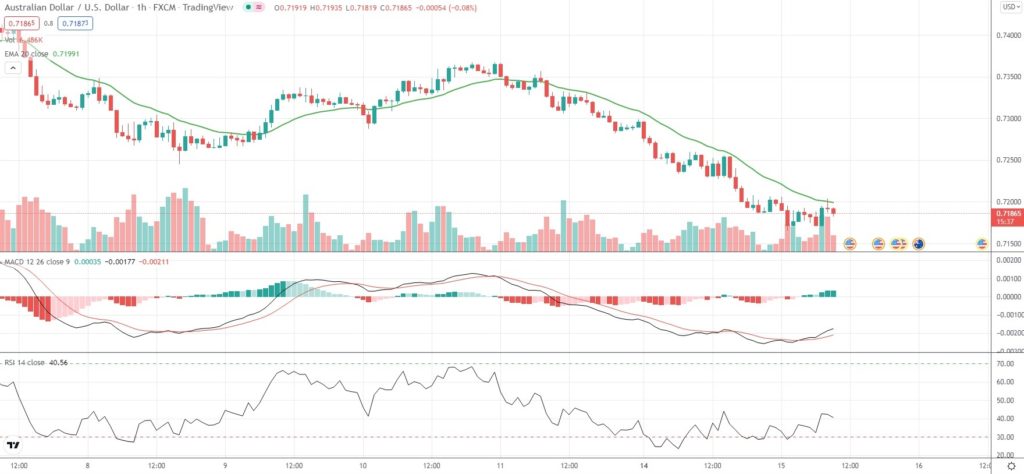AUD/USD sank to a fresh two-week low on Tuesday on concerns that coronavirus disruptions in China could hamper commodity demand.
Prices of industrial metals, precious metals and agricultural commodities have registered considerable declines since their peaks, but not as steep as energy.
The lockdown of the Chinese city of Shenzen and the imposition of a movement ban on the province of Jilin additionally pressured commodity prices amid a sharp surge in new daily COVID-19 infections in the Asian country.
“Industrial metals and iron ore are particularly susceptible to a slowdown in China,” CBA analysts wrote in an investor note.
“China accounts for 40-60% of base metal demand and 70-75% of the world’s iron ore imports.”
The price of iron ore, Australia’s key export, has been running high in recent weeks on expectations China will use infrastructure spending to support activity.
A slowdown in China would be an additional complication for the Reserve Bank of Australia. The minutes of the RBA’s March meeting revealed that policy makers were prepared to be patient before raising the benchmark interest rate, as they continued monitoring various factors affecting inflation.
“There were uncertainties about how persistent the pick-up in inflation would be given recent developments in global energy markets and ongoing supply-side problems,” the Minutes stated.
RBA policy makers acknowledged the economic implications of the war in Ukraine depended on the scale and duration of that conflict as well as on the nature of any second-round effects.
Meanwhile, this week’s focus will be on the two-day FOMC meeting to be concluded on Wednesday. Market players expect a 25 basis point rate hike, which would be the first since the start of the pandemic. Traders will be also looking for clues over the pace of future interest rate hikes.
“We think the statement and Chair Powell’s press conference after the meeting will be influential in terms of market pricing for a 50 basis point rise in May and beyond, and that will impact the U.S. dollar intraday,” Carol Kong, a FX strategist at Commonwealth Bank of Australia, was quoted as saying by Reuters.
As of 9:39 GMT on Tuesday AUD/USD was inching down 0.04% to trade at 0.7184. Earlier in the trading session the major Forex pair slipped as low as 0.7165, which has been its weakest level since February 28th (0.7158).
Bond Yield Spread
The spread between 2-year Australian and 2-year US bond yields, which reflects the flow of funds in a short term, equaled -47.93 basis points (-0.4793%) as of 9:15 GMT on Tuesday, down from -46.9 basis points on March 14th.
Daily Pivot Levels (traditional method of calculation)
Central Pivot – 0.7224
R1 – 0.7262
R2 – 0.7337
R3 – 0.7374
R4 – 0.7412
S1 – 0.7149
S2 – 0.7112
S3 – 0.7037
S4 – 0.6962






